Planting and caring for bulbous irises is carried out according to special rules. In order for the chosen variety of your favorite flowers to delight you with its lush flowering, you need to know about the timing of planting, the secrets of preparing the bulbs and soil. Care is standard and involves establishing a watering regime, fertilizing, pruning and some other measures. There are three groups of bulbous irises, each of which has different characteristics.
- Description and varieties of bulbous irises
- Iridodictium, or reticular iris, iris reticulata
- Juno, or the iris pearl
- Xyphium, or Dutch iris
- Professor Blaauw
- Mystic Beauty
- Symphony
- How to plant bulbous irises: important recommendations
- Planting bulbous irises in spring and autumn: step-by-step instructions
- Preparing bulbs for planting
- How to prepare the soil
- Planting irises
- Care immediately after landing
- Features of growing bulbous irises
- Watering
- Fertilizer and feeding
- Trimming and shaping
- Preparing for winter
- Iris flowering time
- How to propagate bulbous irises
- Diseases and pests of bulbous irises
- Preventative work to protect against pests
Description and varieties of bulbous irises
There are many varieties and varieties of bulbous irises, which are often found in country flower beds. Attention is drawn to the varied, sometimes even unusual colors of the inflorescences.
All bulbous irises are similar in flower structure. They have three outer petals that bend to the sides, and three inner petals that extend upward.
Instead of a rhizome, an elongated bulb. Around the bulb there are several layers of leaf primordia. They accumulate moisture and nutrients necessary for the development of the plant.
Iridodictium, or reticular iris, iris reticulata
The name iridodictium is translated from Greek as rainbow and net. The inflorescences of this type of iris are variegated. The upper shell of the bulbs is similar to a mesh, which is why the flowers are also called reticulate.
The iris variety is more resistant to unfavorable conditions. They can be grown in regions with cold winters without digging for up to 5 years in one place. It is imperative to organize shelter before winter.
The size of the iridodictium is small. The diameter of the inflorescences is about 6 cm, the height of the stem does not exceed 16 cm. The leaves are dense, narrow, and appear simultaneously with the buds. Iridodictium inflorescences emit a pleasant aroma. Flowers bloom 2.5 weeks after the snow melts. Flowering continues for 15 days.
Popular varieties of iridodictium include: Dunford, Alida, Harmony, Claret, Joyce.
Juno, or the iris pearl
This type of bulbous irises is named after the famous goddess Juno. They tolerate unfavorable weather conditions well, so in one selected area they can grow for up to 6 years without digging.
Irises begin to bloom in mid-spring. The height of the stem reaches 45 cm. The leaves on the stem grow in steps. Inflorescences are formed at the top of the peduncle and also emerge from the axils of the lateral leaves. Petals can be of different colors. Flowering lasts up to three weeks.
Xyphium, or Dutch iris
This group of irises was named because of the unusual shape of the leaves. They are narrow and oblong, resembling a sword (xyphium means sword in Greek).
Flowers of this group were bred for cultivation in regions with warm climates. Therefore, they do not dig up the bulb for the winter; sometimes they just cover it with spruce branches and mulch the soil. When planting bulbous irises in areas with cold winters, it is imperative to carry out preparatory work before the onset of frost.
Irises bloom in summer. The flowers of this type of irises are large, reaching 11 cm in diameter. The height of the stem stretches up to 75 cm. The petals can have a variety of colors: from light purple to yellow. There are specimens with a combination of several colors on the inflorescence.
In the store you can buy an unusual variety of Dutch iris Mix. The planting scheme and further care are standard. The difference is that the shade of the petals will be known only after the inflorescences bloom.
Professor Blaauw
Professor Blaauw is a hybrid form obtained by crossing different varieties of Xyphium. The plant is distinguished by a long flowering period and large petals. The diameter of the inflorescence reaches 11 cm.
Mystic Beauty
The Mystic Beauty variety belongs to the Xyphium group. Flowering begins in early June. The height of the peduncle reaches 55 cm, on which two inflorescences with wide petals are formed. The diameter of the inflorescence is about 6 cm. The attractive color and pleasant aroma will not leave any summer resident indifferent.
Symphony
A well-known type of xyphium is the Dutch irises Symphony. Flowering begins in April and continues for three weeks. The height of the peduncles reaches 50 cm. The petals of the inflorescences are wide. Immediately after the end of the flowering period, the leaves begin to wither and dry out.
How to plant bulbous irises: important recommendations
Bulbous irises most often begin to be planted in open ground in late August or early autumn. But planting in the spring is not excluded. In this case, the planting material is first placed in a cold place for some time.
When planting flowers, you should follow some important rules:
- make a small hill in a suitable area;
- the flowerbed should be well lit and be in the shade for some time during the day;
- the soil on the site is dug up, loosened and organic components are added;
- If the soil is characterized by high acidity, it is recommended to first liming it.
Irises can safely develop in one place for 6 years. But the flowers grow every year, and the supply of micronutrients in the soil is quickly depleted. Therefore, it is better to replant the plant to a new site more often.
Planting bulbous irises in spring and autumn: step-by-step instructions
To ensure that planting flowers does not cause problems, you need to perform a number of sequential measures:
- on the dug up plot of land, depressions are made (11 cm deep);
- river sand is poured into the bottom of the holes made;
- bulb laying depth is approximately 5 cm;
- the gap between the bulbs is left about 9 cm, but you can plant it closer;
- the bulbs are placed in the holes and lightly pressed into the ground;
- covered with a layer of fertile soil;
- water with a small amount of water.
After planting, it is advisable to mulch with peat or compost.
Preparing bulbs for planting
Plant bulbs must be disinfected before planting. For this purpose, the bulbs are immersed for 23 minutes in a composition based on potassium permanganate or drugs such as Fundazol, Benlat. Then the bulbs need to be thoroughly dried.
How to prepare the soil
The area where the flowers are supposed to be planted should have sunlight penetrating without obstacles. The place must be protected from drafts. If groundwater passes close by, then make a hill.
To grow bulbous flowers, choose fertile, light soil with a neutral acidity level and good water and air permeability. First, the land plot is dug up and organic components (except for fresh manure) are added.
Planting irises
Treated bulbs should be planted on a pre-prepared area:
- At a distance of 11 cm, holes are made 14 cm deep.
- A layer of river sand is poured.
- The bulb is deepened by 23 mm.
- Again there is a layer of sand.
- At the last stage, the hole is covered with ordinary soil.
If the bulbs have sprouted, then it is better to make not holes, but a trench 18 cm deep. This will allow the emerging roots to be positioned correctly and without damage.
Care immediately after landing
Caring for flowers is simple and does not require much time.After planting, you should not moisten the soil, especially if the weather is humid and there is dew in the morning. If there are other flowers growing nearby that need frequent watering, then the irises are covered with polyethylene.
8 days before flowering, it is advisable to add mineral nutritional components.
Features of growing bulbous irises
In order for the bushes to delight with bright and lush inflorescences, you should properly care for the plant. Knowledge about watering rules, fertilizing times and other growing secrets will definitely come in handy.
Watering
Bulbous irises require moderate watering. In dry, hot weather, as well as at the time of bud formation and active flowering, the soil is moistened more often. After the end of the flowering period, watering is completely stopped.
After irrigation, it is necessary to loosen the soil to prevent the formation of a dry crust. As a result, air and nutrients will better penetrate to the root branches of the plant.
Fertilizer and feeding
Over the course of the entire season, several feedings should be carried out:
- The first application of fertilizers is carried out immediately after the snow melts. Nitrogen fertilizers are applied, which promote the development of greenery. The composition may contain small amounts of phosphorus and potassium.
- When buds form, it is recommended to add compounds based on potassium-phosphorus components. A small amount of nitrogen can be added.
- After the end of the flowering period, only potassium and phosphorus are added.
Fertilizers are applied for the last time in late September. Compositions with a high content of potassium and phosphorus are useful. They will allow you to form kidneys and have a good rest during the winter.
Trimming and shaping
When the flower begins to dry out, trim the peduncle.They do this carefully, trying not to damage the buds that have not yet opened.
After the end of the flowering period (mid-October), you need to trim the leaves. Dried flowers and leaves become a source of infection and take away excess nutrients from the plant.
The leaves are cut in a semicircle (this type of pruning will not allow moisture to linger on the leaves), leaving a length equal to 14 cm from the surface of the ground. Cut tops should be burned.
Preparing for winter
Whether it is necessary to dig up the bulbs for the winter depends on the region in which the irises grow. If winters are snowy and warm, then the soil is mulched and covered with pine or spruce branches. If winters are cold and there is not always a lot of snow, then it is better to dig up the bulbs.
4 weeks after the end of flowering, the bulbs are dug up:
- they are cleaned of the remnants of adhering earth;
- washed under running water;
- then the bulbs are dried indoors for 3.5 weeks at an air temperature of +23 degrees;
- dry bulbs are moved into a container with holes, covered with sand, sawdust, peat and put away in a cool, dark place.
In the spring, when the soil warms up to +11 degrees, the bulbs begin to be planted in flower beds again.
Iris flowering time
Irises begin to bloom in the second ten days of April. Depending on the variety planted, the interval between the appearance of inflorescences will differ by two or three weeks.
In cool and wet spring, flowering continues for a long time. In hot, dry weather, the inflorescences quickly wither and dry out.
Advice. It is recommended to plant different varieties of irises in one flowerbed, which differ in the timing of the beginning of flowering and the color of the petals.
How to propagate bulbous irises
Bulbous irises form other nests of bulbs after just one season.In summer, the rhizome should be dug up and divided into individual specimens. Large ones are thoroughly dried and stored in a cool place until autumn. Small bulbs are immediately planted in the ground.
Diseases and pests of bulbous irises
A healthy bush produces many even leaves. The damaged plant does not set more than 5 leaves:
- In spring, flowers are threatened by the attack of cutworm butterfly caterpillars. For the fight, use the product "Granozan".
- Irises are attacked by thrips, which the Karbofos solution helps get rid of.
- Irises are often damaged by leaf borers. Damaged leaves must be removed and all plants treated with insecticides.
- Timely application of superphosphate to the soil will help prevent the appearance of slugs.
Common diseases that affect irises are: fusarium, rust, septoria, heterosporiosis. Flower beds are treated with preparations such as Fitosporin, Quadris, and Fundazol.
Preventative work to protect against pests
Various insects can damage the plant, so preventive treatment should be carried out every 15 days. The first spraying is carried out when the leaves of the plant grow to 11 cm (use the drug “Karbofos”).
Other preventive measures include: treating the bulbs before planting, loosening the soil and removing weeds. Be sure to monitor the watering schedule and fertilization.

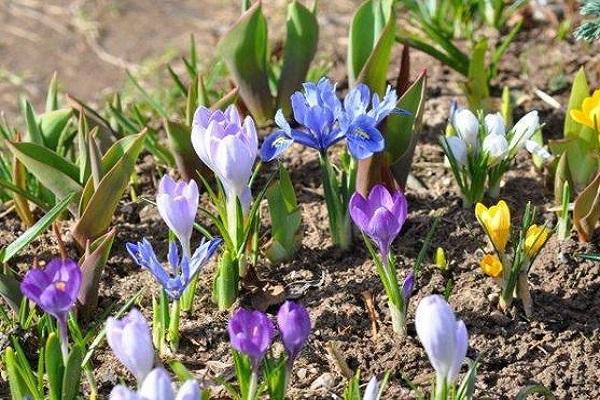

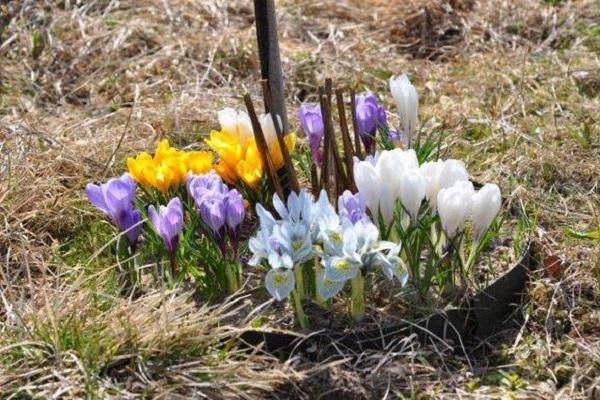
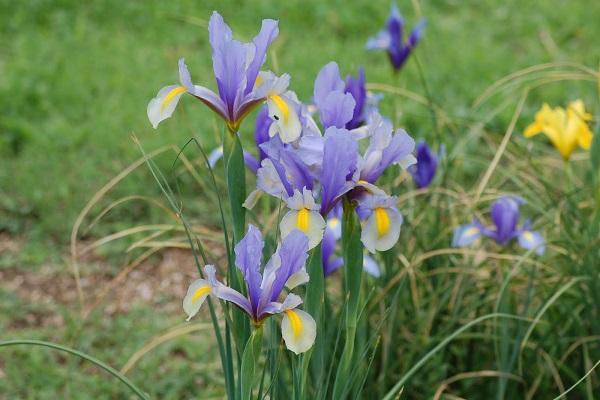
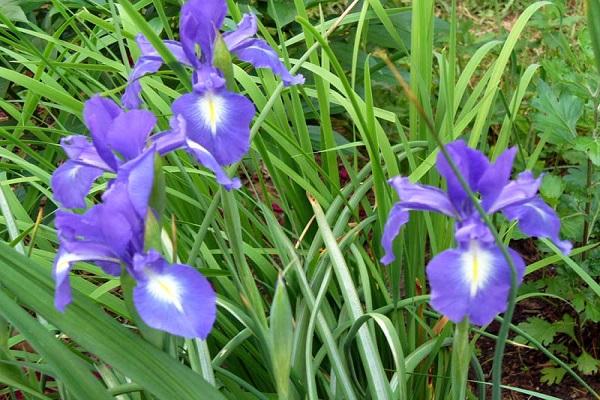
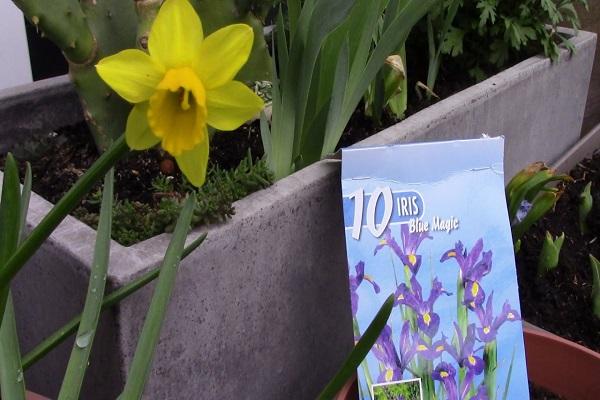
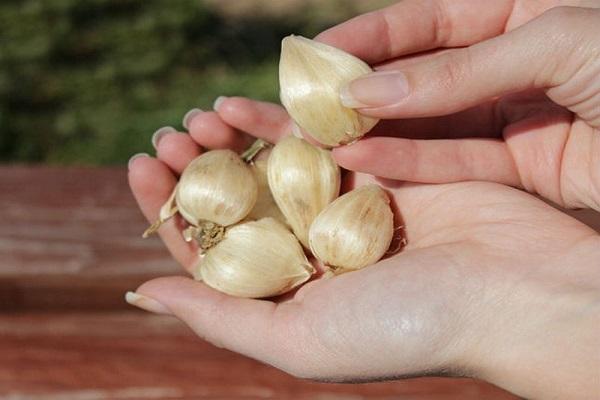
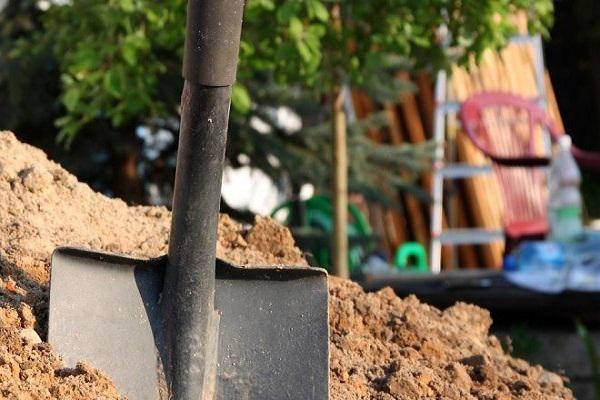
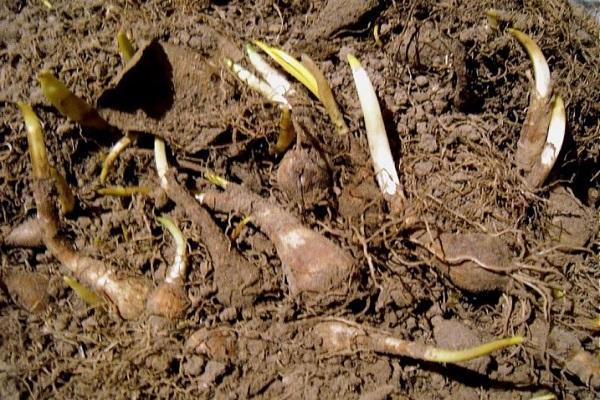
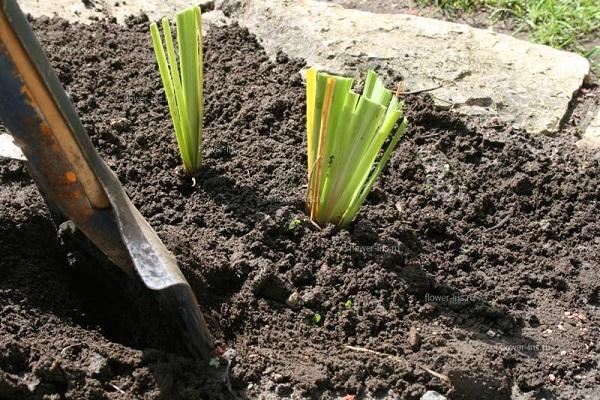
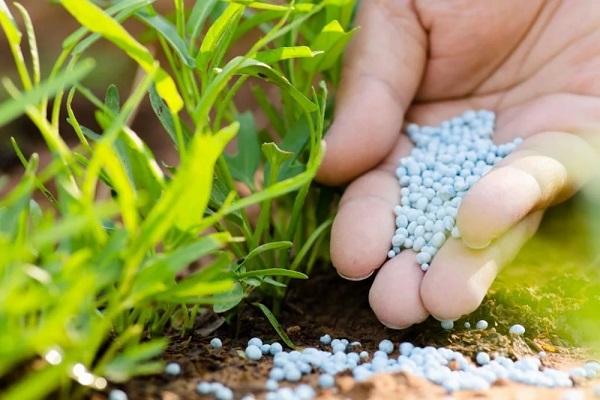
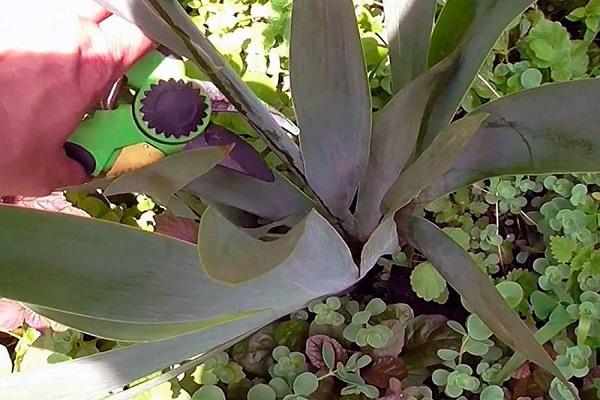
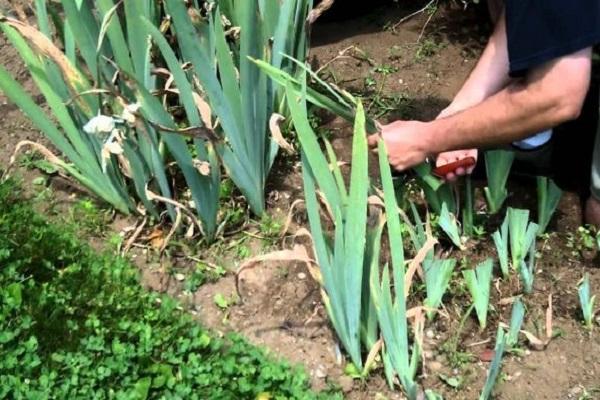
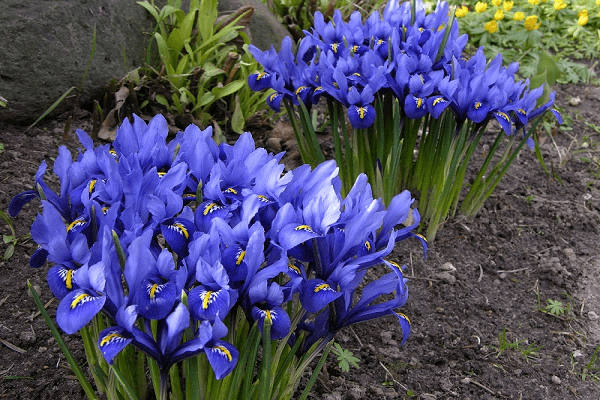
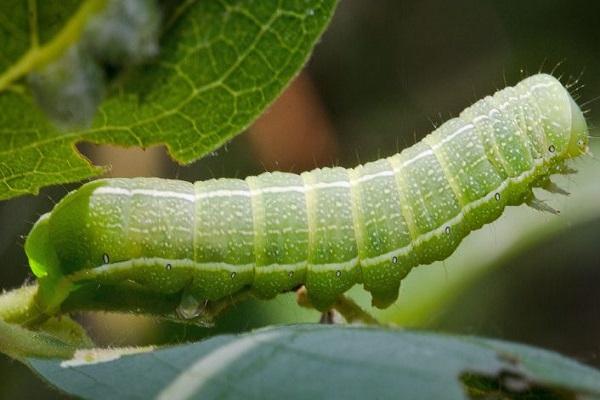
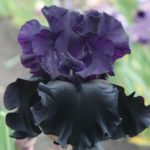

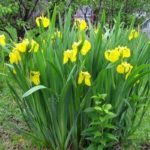

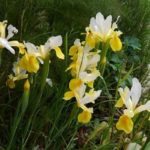


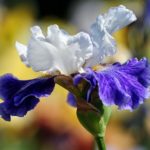

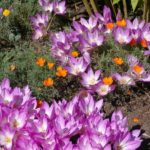

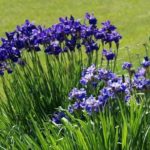
Fructose should not be cooked for more than 7-10 minutes.
Your statement is true in the case of healthy people. Diabetics have to choose the “lesser of 2 evils.” Or completely limit the consumption of any sugar-containing products, even at the cost of the fact that some, for example, jam with fructose, will not be 100% healthy, or admit that you are a sick, inferior person. By the way, heat treatment itself destroys many vitamins. So in this regard, jam becomes just a sweetness, and not a multivitamin complex.
Fructose is the same sugar, only more harmful.
Fructose is the sweetest of sugars, 1.5 times sweeter than sucrose and 3 times sweeter than glucose.
Fructose goes straight to the liver and can seriously impair its function. As a result, this often leads to serious diseases such as metabolic syndrome.
Metabolic syndrome is an excessive increase in the mass of visceral (that is, internal) fat, a decrease in the sensitivity of peripheral tissues to insulin, impaired carbohydrate and lipid metabolism, and an increase in arterial blood pressure.
It’s very good that you have encyclopedic knowledge about fructose. But the conclusion about its harmfulness is somewhat erroneous. Fructose is essential for diabetics. And to draw conclusions that fructose can lead to serious metabolic disorders, you need, at a minimum, to be a certified doctor. The conclusion about “direct entry into the liver” is also incorrect. What about the small intestine? In a healthy person, it is not so easy to upset the liver.